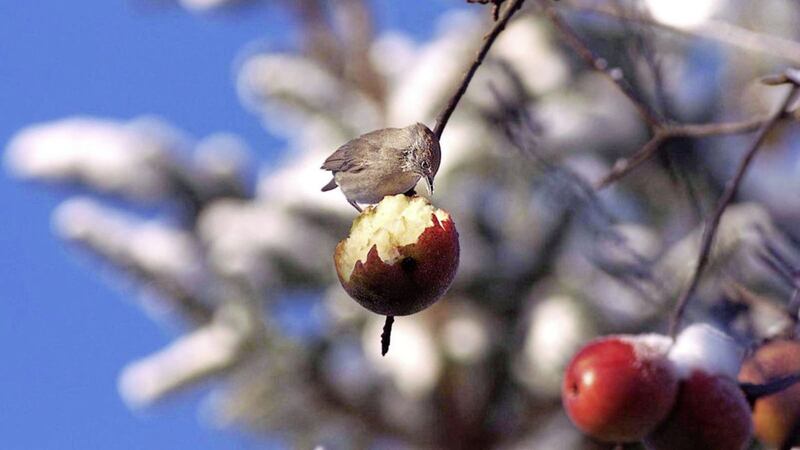EVEN though autumn came late this year, the fruit garden has now finished for the year. There may an occasional rogue raspberry but nothing that could be deemed a late crop. I've therefore spent the past couple of weekends in the orchard, readying the apple trees for winter. All the fruit has been removed from the branches and stored in boxes alongside salvageable windfall. At this stage, my wife takes over, transforming this year's harvest into liqueurs, jellies and jams.
In a nod to the old idiom about 'one bad apple…' the stored fruit will be checked regularly, with anything that shows signs of decay being summarily removed. I've also made a point of removing any mummified fruit from the trees – those dried, shrivelled apples that may look harmless but are in fact likely carriers of disease. It should be remembered that apple trees aren't quite as robust as sycamores or sallies, they need a bit of attention now and then to ensure continued health while maximising fruit production. You can always, as I have done many a year, let nature take its course, leaving windfall apples for the wildlife and in turn letting them help control pests as part of healthy ecology.
But if it's high yield you desire then winter is the time for carrying out maintenance on your fruit trees and creating the optimum conditions for a bumper harvest next year. It's during the colder months that you dispense with any unhealthy wood and give nature a hand at defeating those pests and diseases that threaten your yield.
The surefire way to eradicate the eggs of greenfly, red spider mites, and codling moth grubs is to give the bark of your dormant trees a spray with an organic commercial or homemade plant oil-based treatment that'll get into all nooks and crannies where these pests like to overwinter.
Choose a nice clam day to administer the wash, taking precautions by wearing a mask and gloves.
Another effective deterrent to guard against moths is a glue or grease band. If left unchecked, the caterpillars of moths will feast on the emerging buds next spring, significantly reducing yield on apple, plum, pear and cherry trees.
By applying a glue or grease band you prevent the wingless females from emerging from the soil and climbing up the tree trunk before laying their eggs. The band is applied about 18-inches off the ground and is kept sticky or greasy right through to April, when you can be sure the threat has passed.
Winter is also the time to prune your apple and pear trees, employing what's known as the 'regulated' method, which keeps their size in check.
Home in first on dead, diseased or crossing branches, taking out those in the middle of the tree to keep it open, which improves ventilation. Be judicious and measured, making clean cuts and pruning out no more than around one-fifth of the canopy each year.
Where there's evidence of canker – a jagged and cracked wound or large shoot, with rough and swollen edges – it's best to intervene. If it extends around a branch, then the whole limb must come off, whereas smaller affected areas can be surgically removed with a knife and painted with a fungicide. Burn any waste afterwards.
At the base of your trees remove any weeds, because as well as competing for nutrients, their foliage is another hiding place for those dreaded pests. As spring approaches, top dress a circular area around the tree with a mulch of homemade compost. If it does snow, clear any heavy falls off the branches.








